I am a co-PI in a project (FAPESP/NSF Scales of Biodiversity) that seeks to investigate the relationship between aspects of the biology of different species of snakes with the interspecific and intraspecific variability of the venom. The research is conducted at Instituto Butantan, an institute known for the research on poisonous snakes and the production of antivenom in Brazil. The study of venom composition and variability involves different levels of organization, and one of the aspects explored is the ontogenetic shift in venom composition. Although venom varies ontogenetically in some species of viperids in association with phenotypic and ecological shifts, little is known about the proximate mediators of venom variation within individuals. It is highly probable that such phenotypic changes during ontogeny of viperid snakes are mediated by hormones, and as part of the experimental work conducted at Instituto Butantan, lab-born individuals of viperids (jararaca pitviper, Bothrops jararaca) are being kept in captivity to collect data and samples, including skin sheds and venom, in order to explore the relationship between endocrinology and ontogenetic changes in venom composition.
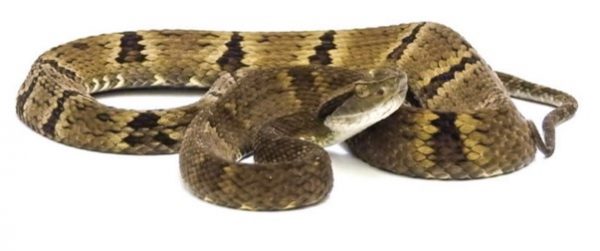
One of the goals of my lab exchange was to learn the methods to validate and measure hormone levels in non-plasma sample types (e.g., feces and shed skins) along with plasma, at Dr. Buck’s lab. This will allow for the quantification of hormone levels in experimental animals, relating the findings with the variation in venom composition and phenotypic variation along ontogeny and eventually expanding the study to other species.
Additionally, together with other researchers at Dr. Buck’s lab, we have been working on the effects of urbanization and human-related environmental changes over biodiversity. We have been especially interested in the effects of contaminants over birds, as several studies have been showing the decline in bird populations worldwide. During the last two years we have been mist netting and capturing birds and collecting samples of feathers, together with other biological samples and biometric information. Thrushes (Turdus sp.) are widespread and common in Brazil, in both urban and preserved environments, and were chosen to be monitored for a pilot study designed to better understand the reasons for the decline of birds.
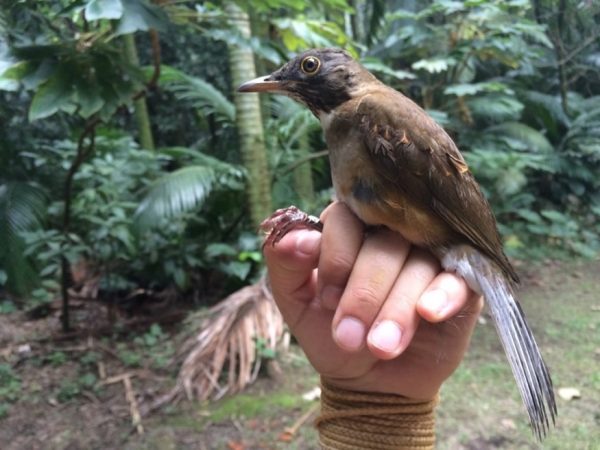
Five species of Turdus, some of them migratory and some resident, were included in the sampling design for this study. Another goal of the lab exchange was to learn how to analyze the samples, quantifying the mercury and hormones from these feathers.
Therefore, during the lab exchange, which started at the end of October 2021, I learned the basics of the methods to prepare reptile skin and bird feathers to extract and assay for hormones, and also how to quantify mercury on thrush feathers. Below, a brief summary and pictures of the lab work, guided by Danielle Dillon and Renee Ward.
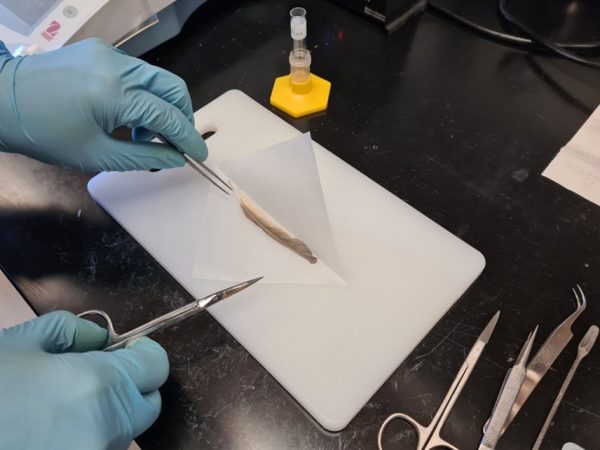
The first step was to prepare the feathers for the subsequent analysis. Feathers were weighted (above), chopped, and digested with keratinase (below) over a few days.
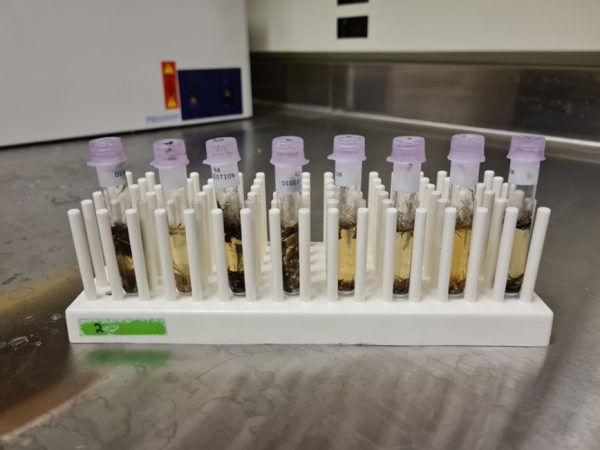
After that, the tubes were centrifuged to separate the supernatant and the pellets, and we used methanol to extract all the corticosterone from the pellets. Before the assay, the samples were resuspended in buffer and kept refrigerated. Although we just assayed feathers, we also prepared samples of reptile skins for the same purpose, as the following steps are the same for both kinds of samples. Samples were assayed for corticosterone using an enzyme immunoassay kit.
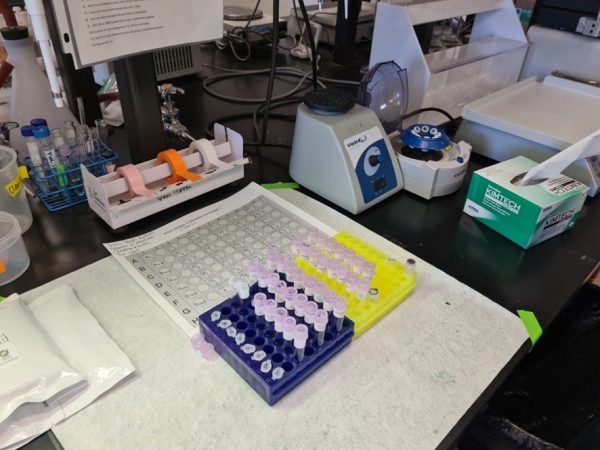
For the quantification of mercury the feathers were chopped and underwent acid digestion. After digestion, the samples were filtered and diluted in DI water. Total mercury was quantified on a cold-vapor atomic absorption mercury analyzer and compared to standard mercury samples of known concentrations in fish and also in human hair.
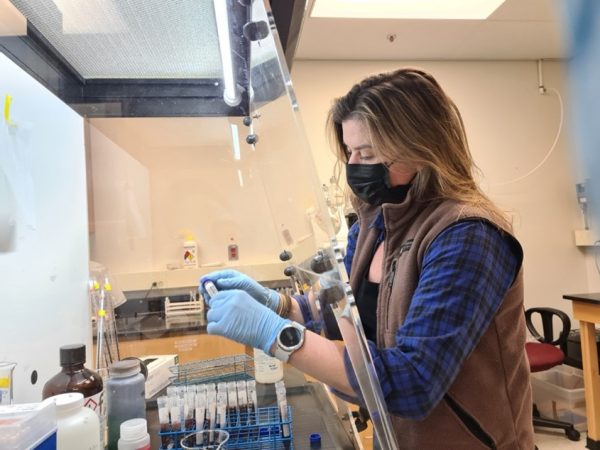
During the period of the lab exchange, the annual workshop of the RCN took place at the Broad Institute in Cambridge, and in November I went to Boston to attend the 2021 g2p2pop Workshop “Accessing High-Throughput Genomic Approaches” that took place between 8th and 9th of November. The topics presented were related to Next-generation sequencing technologies, and examples from studies addressing questions using genomics, and between those there were plenty of opportunities to exchange ideas with colleagues. In the last day we also had a tour of the Broad Institute facilities.
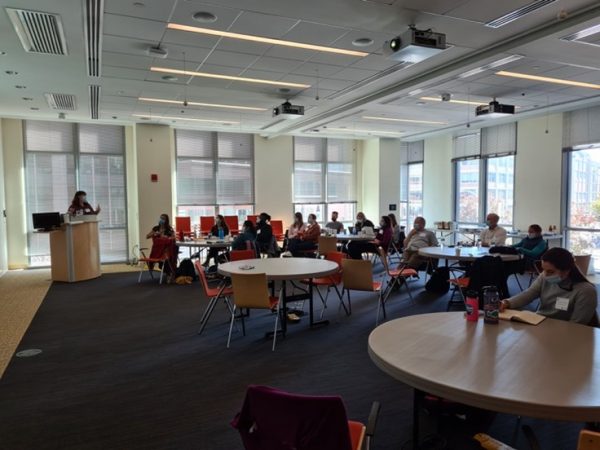
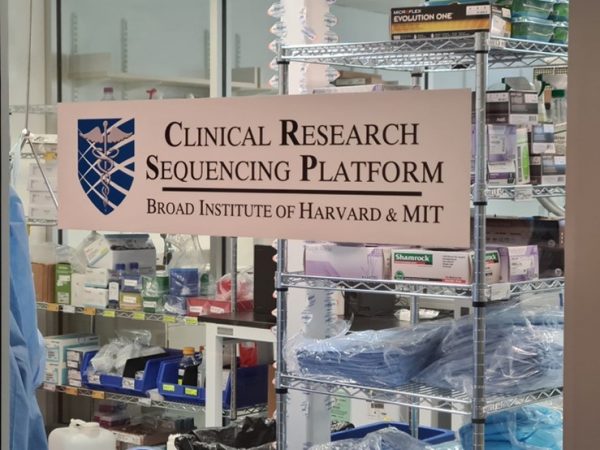
Most importantly, together with other members of the steering committee, we start planning for the final workshop of the RCN, which will take place in Brazil. I will be the on-site host for this meeting, so it was great to be able to use this opportunity to discuss and define the details of the workshop of 2023.
One of the highlights of the time spent in Cambridge was the possibility to visit the Harvard Museum of Natural History, thanks to Drs. Frank van Breukelen and Hopi Hoekstra.
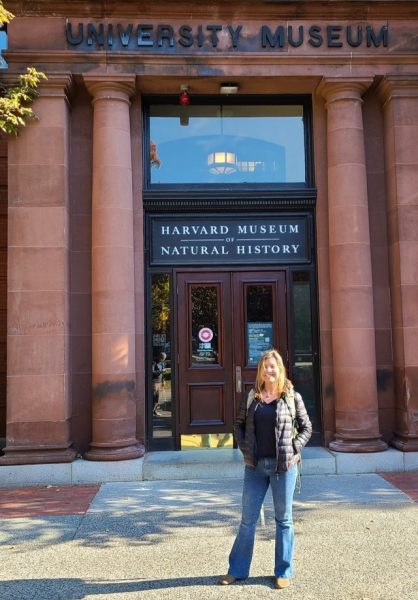
Back in Flagstaff, I also experienced the natural beauty of the area, hiking many trails that range from the mountains to the desert.
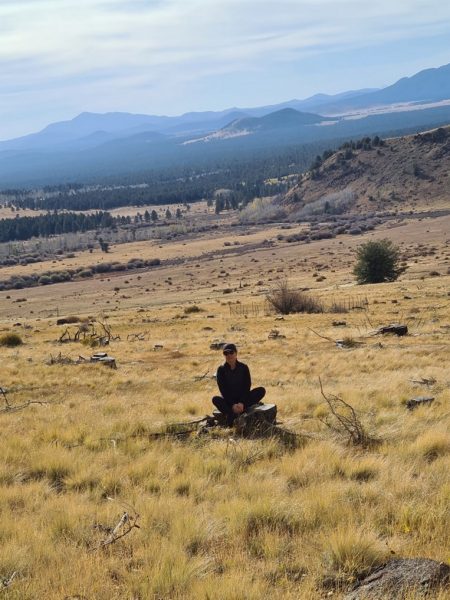
The time spent at the Buck Lab at Northern Arizona University provided the possibility of exchanging ideas and experiences with a highly qualified research team. There are two papers planned to come out of the data from the samples we analyzed, and the collaboration developed with the researchers involved in the FAPESP/NSF Scales Project will also result in publications and capacitation of students, strengthening the interchange between the institutions in the US and Brazil. I am really grateful to Dr. Buck and people from his lab for all the support; especially to Danielle Dillon and Renee Ward, for being willing to try and teach lab techniques to a field biologist, and also to Matthew Wint, who helped in all the complicated aspects of making possible a lab exchange involving international travelling during the difficult times of the COVID-19.